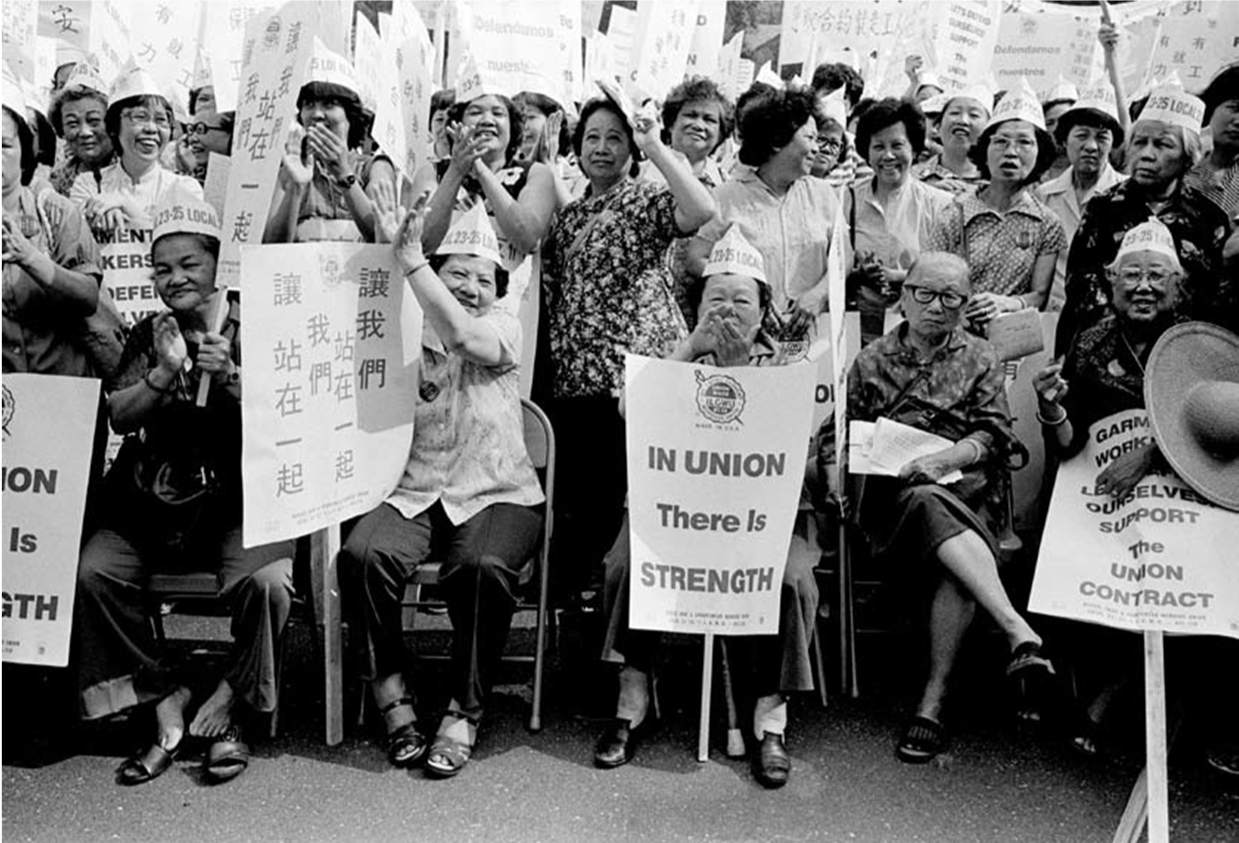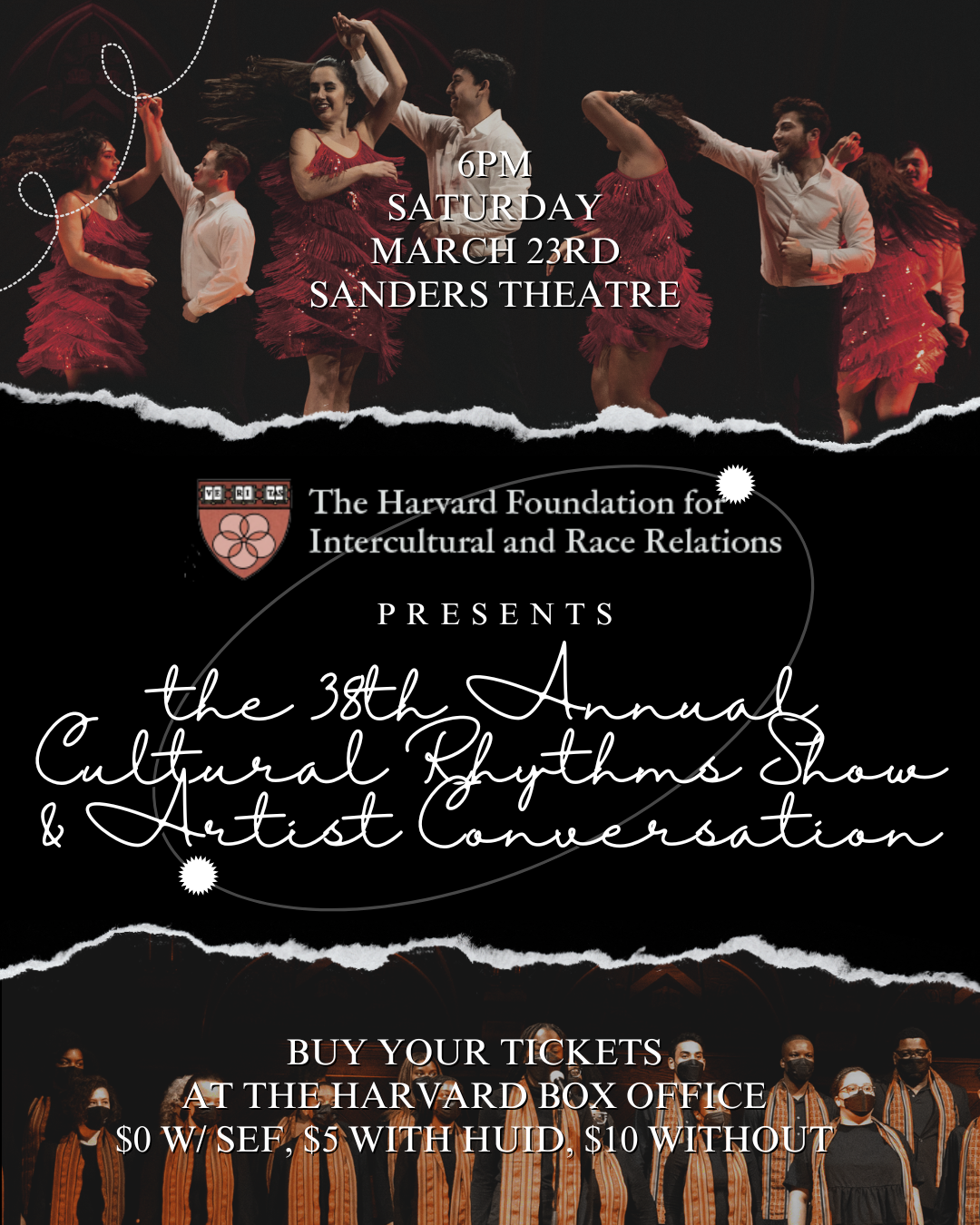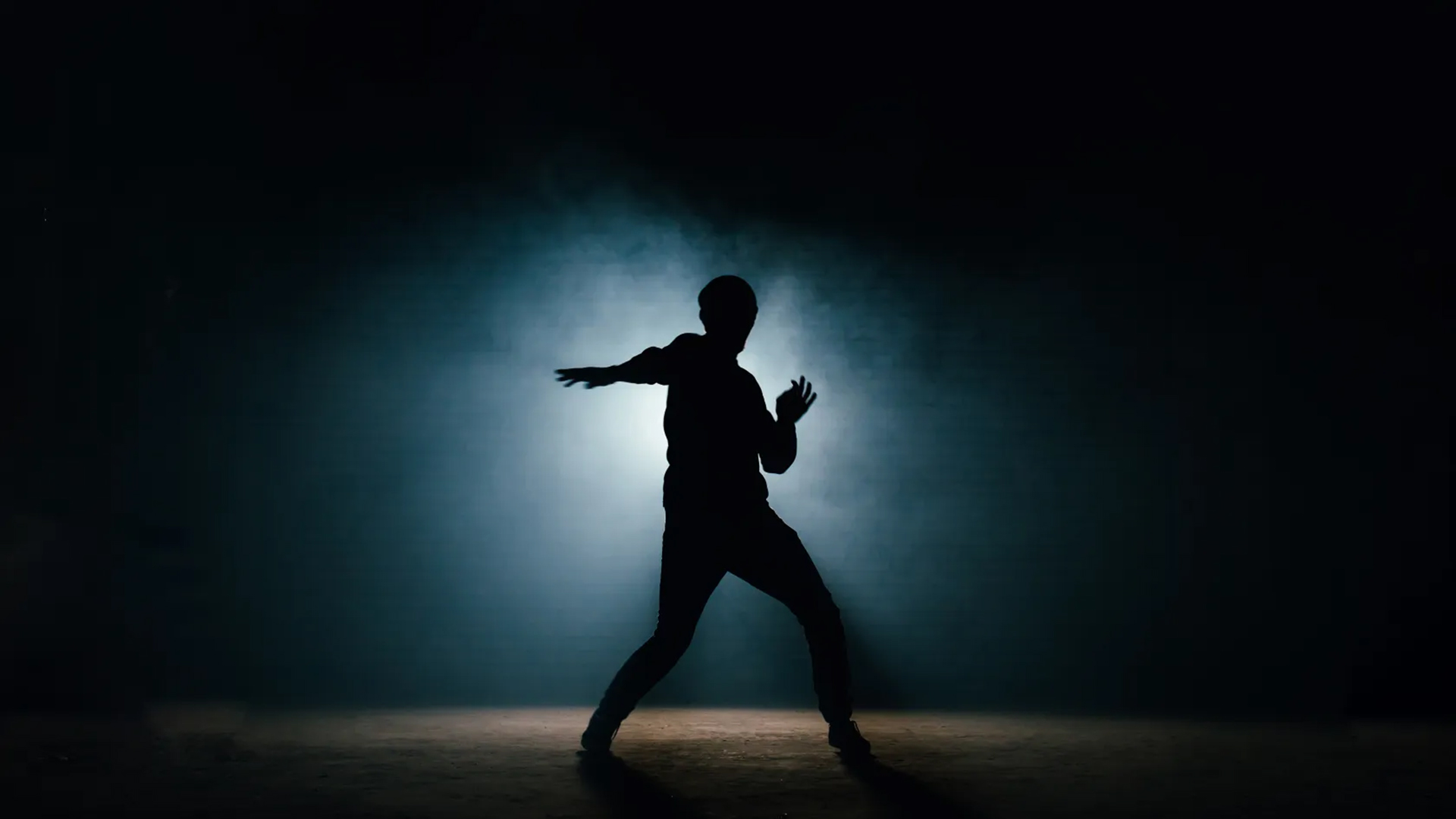Asian American women’s history is a rich and often overlooked tapestry woven into the broader fabric of American narrative. The Schlesinger Library’s latest exhibition sheds light on this essential history, presenting artifacts and stories that reflect the complexity of Asian American women’s experiences over the past 150 years. From rare photographs of Ainu and Visayan women displayed at the 1904 World’s Fair to personal narratives found in historical archives, the exhibition invites viewers to reconsider their understanding of women’s rights and representation. Curators and students alike have collaborated to unveil the voices and stories long relegated to the margins, highlighting the vital contributions of Asian American women in shaping cultural and social landscapes. By engaging with these Asian American stories, this exhibit not only celebrates resilience and creativity but also calls for acknowledgment and appreciation of often unseen histories that deserve a place in public consciousness.
The exploration of the experiences and contributions of Asian American women offers an essential perspective on our collective past, often referred to as the intersection of ethnicity and gender within American history. This narrative goes beyond mere anecdotes; it encapsulates the struggles and triumphs faced by these women throughout American history. The ongoing presentation at the Schlesinger Library, titled “Illuminate: Contextualizing Asian American Women’s Stories through the Archives,” serves as a beacon for cultural recognition and historical awareness. Here, visitors encounter a myriad of artifacts – from political posters to artistic expressions that reflect the vibrant community of Asian American women. This program not only aims to celebrate their legacy but also seeks to challenge the prevailing narratives of invisibility that have too often surrounded their stories.
Unveiling Asian American Women’s History in Archival Context
Asian American women have historically occupied a marginalized space in American history, often relegated to the periphery of narratives that shape our understanding of the past. The Schlesinger Library’s exhibition, “Illuminate: Contextualizing Asian American Women’s Stories Through the Archives,” aims to rectify this oversight by showcasing the rich but overlooked histories of these women. Through artifacts and stories from the 1904 World’s Fair and beyond, viewers are invited to explore how societal perceptions have influenced the telling of Asian American women’s experiences.
For instance, the exhibition includes poignant portrayals of Ainu and Visayan women who were unjustly displayed as ‘living exhibits’ at the World’s Fair, raising critical questions about representation and objectification. This thoughtful curation encourages both academic and public engagement with the complexities surrounding these historical figures, making their stories an integral part of American historical archives and ensuring that Asian American women’s narratives gain the recognition they deserve.
Frequently Asked Questions
What is the significance of the Schlesinger Library in Asian American women’s history?
The Schlesinger Library plays a crucial role in preserving Asian American women’s history through its extensive historical archives. The library showcases exhibitions like “Illuminate: Contextualizing Asian American Women’s Stories Through the Archives,” which highlights the often-overlooked contributions and stories of Asian American women, bringing visibility to their historical narratives.
How does the exhibition at the Schlesinger Library explore Asian American women’s stories?
The exhibition at the Schlesinger Library examines Asian American women’s stories by presenting artifacts and archival materials spanning 150 years. It encourages viewers to re-evaluate their assumptions about the roles of Asian and Asian American women in history, emphasizing their contributions while addressing themes of erasure and hyper-visibility.
Who are some key figures featured in the Schlesinger Library’s Asian American women’s history exhibition?
Key figures featured in the exhibition include pioneering individuals like Jessie Tarbox Beals, one of America’s first female photojournalists, and Ah Fong, a Chinese woman who fought legal battles in the 19th century. Their stories, along with many others, are integral to understanding the complex narrative of Asian American women’s history.
What types of artifacts are displayed in the Schlesinger Library’s Asian American women’s history exhibit?
The Schlesinger Library’s exhibit includes a diverse array of artifacts such as photographs, political posters, comic books, and zines. These materials provide context for significant events like the Chinese Exclusion Act and Japanese American internment, showcasing how Asian American women have contributed to social movements throughout history.
Why is it important to focus on Asian American women’s history in academic settings, such as the Schlesinger Library?
Focusing on Asian American women’s history in academic settings is vital because it addresses the gaps in historical narratives that often marginalize these communities. By emphasizing their stories through courses and exhibitions, institutions like the Schlesinger Library challenge prevailing historical paradigms and enrich the understanding of American history as a whole.
What themes do the Schlesinger Library’s exhibitions highlight regarding Asian American women’s experiences?
The exhibitions at the Schlesinger Library highlight themes of resilience, agency, and activism among Asian American women throughout history. They address the intersectionality of race, gender, and social justice, illustrating how Asian American women have navigated societal challenges and contributed to broader movements for women’s rights and equity.
How does the Schlesinger Library utilize student involvement in exploring Asian American women’s history?
The Schlesinger Library encourages student involvement by incorporating research and collaboration into the exhibition development process. Students engage with archival materials, fostering a deeper understanding of Asian American women’s history while contributing to the curatorial process. This co-creative model enhances educational experiences and raises awareness of previously overlooked narratives.
What impact does the Schlesinger Library aim to have with their Asian American women’s history exhibition?
The Schlesinger Library aims to illuminate the rich history of Asian American women by raising awareness about their contributions and struggles. By showcasing their stories, the library not only honors these women’s experiences but also invites viewers to reflect critically on the broader implications of ethnic and gender representations in American history.
| Key Point | Details |
|---|---|
| Exhibition Overview | “Illuminate: Contextualizing Asian American Women’s Stories Through the Archives” is a new exhibition at the Schlesinger Library that revisits the largely invisible histories of Asian American women. |
| Historical Artifacts | The exhibition features historic photos of Ainu and Visayan women displayed at the 1904 World’s Fair, spotlighting their stories that have been neglected. |
| Education Collaboration | The exhibition was created with input from students in a course co-taught by Victor Betts and Erika Lee, who explored the roles of Asian and Asian American women in history. |
| Legal Pioneers | Research by students included the case of Ah Fong, a Chinese woman who fought for her legal rights, illustrating the struggle for justice among Asian American women. |
| Cultural Context | The exhibition connects Asian American women’s stories to significant historical events, such as the Chinese Exclusion Act, Japanese American internment, and anti-Asian violence. |
| Artistic Influence | Artist Shaina Lu created supplemental artwork for the exhibit, enhancing the narrative of Asian American women in Boston. |
| Future Collection Goals | Efforts are underway to expand collections of Asian American women’s materials to better represent their contributions to history. |
Summary
Asian American women’s history is often overlooked in traditional narratives, but exhibitions like “Illuminate” shed light on their significant contributions and struggles. As historical artifacts and stories are brought to the forefront, it becomes clear that the representation of Asian American women is critical to understanding the broader scope of American history. This exhibit not only honors their legacies but also invites audiences to reflect on the importance of inclusivity in historical discourse.



